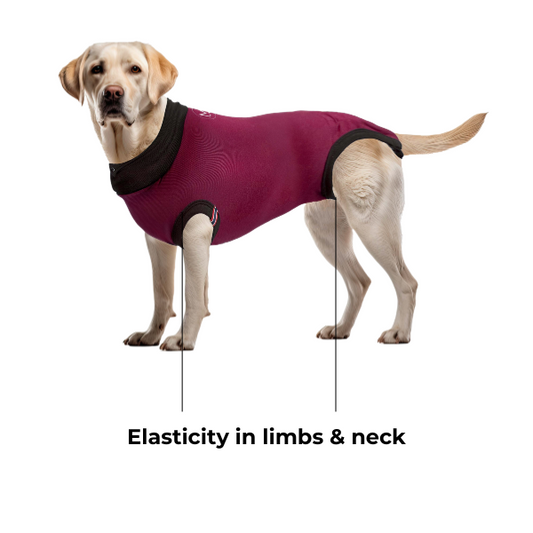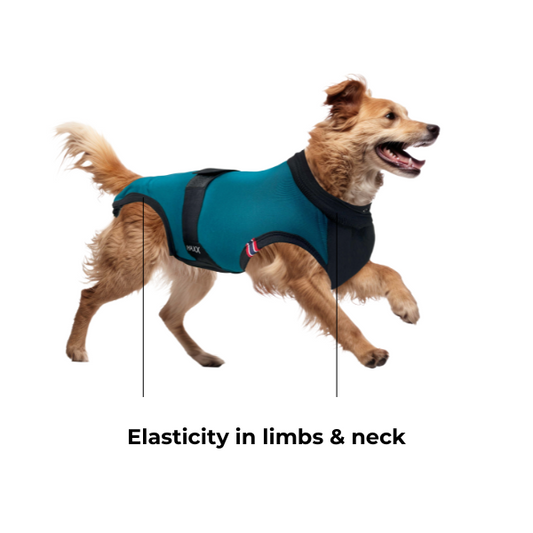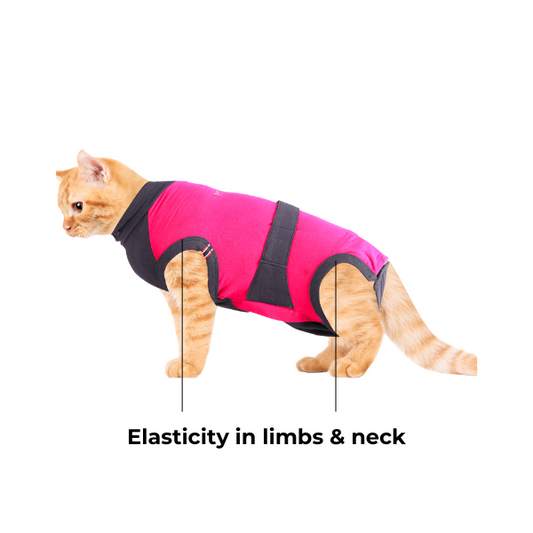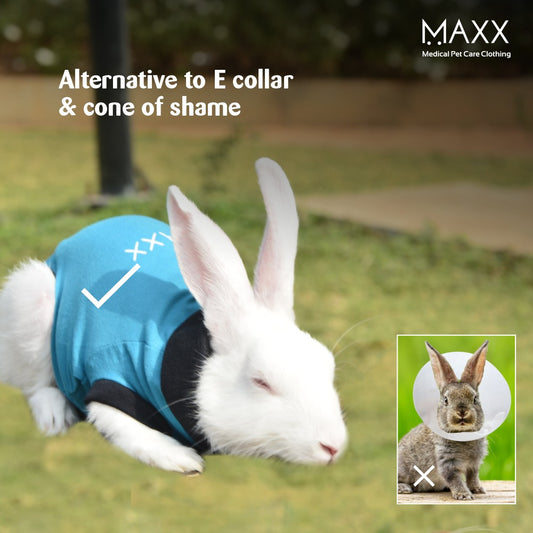OUR FEATURES
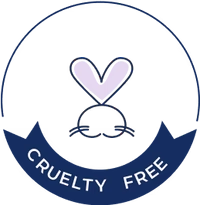
Enhanced Mobility
Lycra
Alternative to the E Collar
Stress-Free Recovery
Veterinarian Recommended

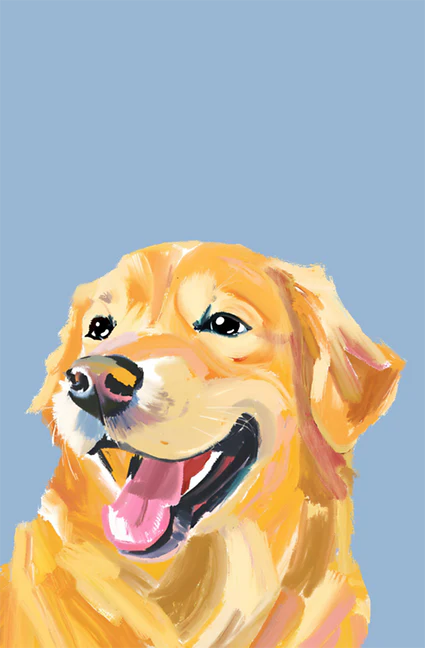




OUR PARTNERS
Vet portal
Distributor Enquiry
Exclusive Access for Veterinary Professionals
Unlock special discounts and benefits tailored just for vets
LEARN MORE
Become a MAXX Distributor
Join our network and start selling MAXX. Fill out the form today.
LEARN MORE
Latest Blogs
Stay Informed with MAXX Explore expert insights, pet care tips, and product updates for optimal recovery solutions.






